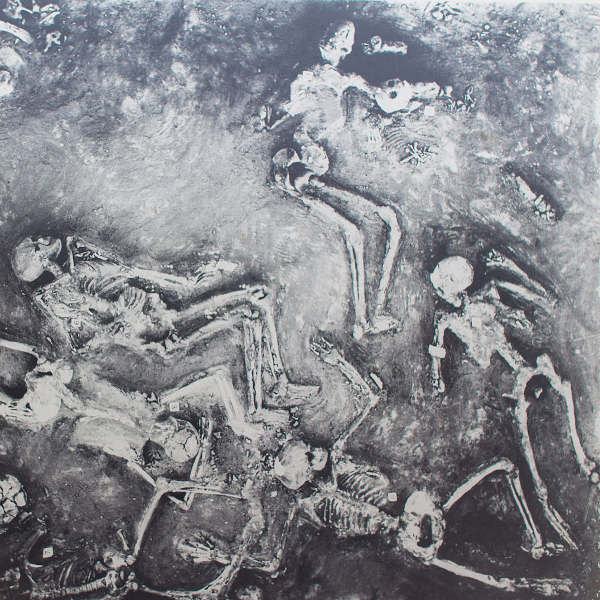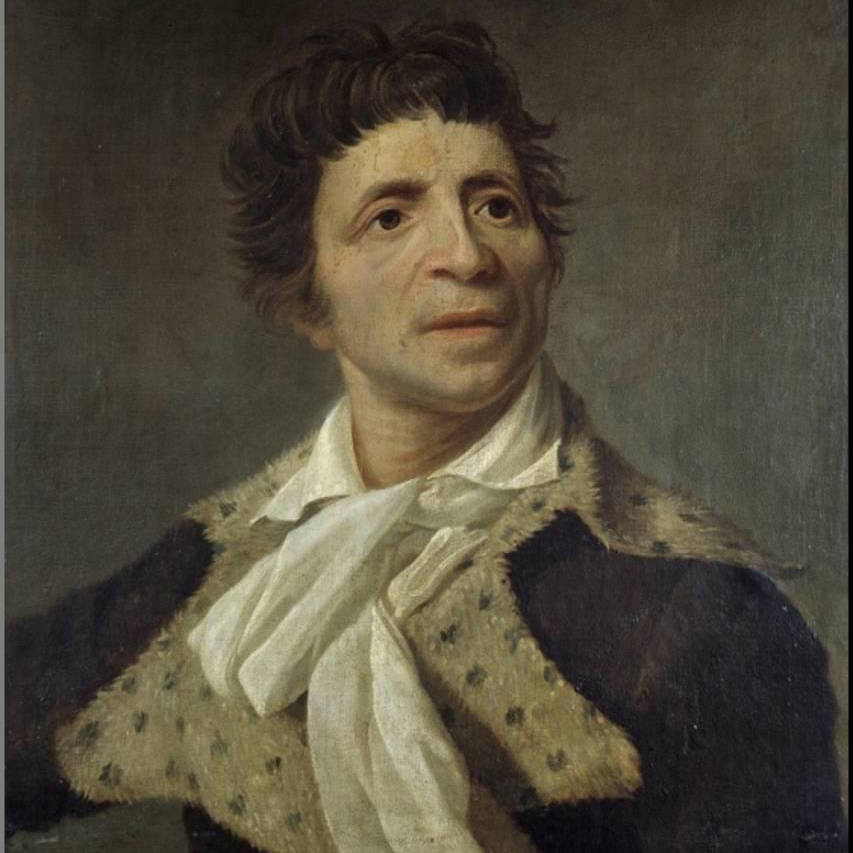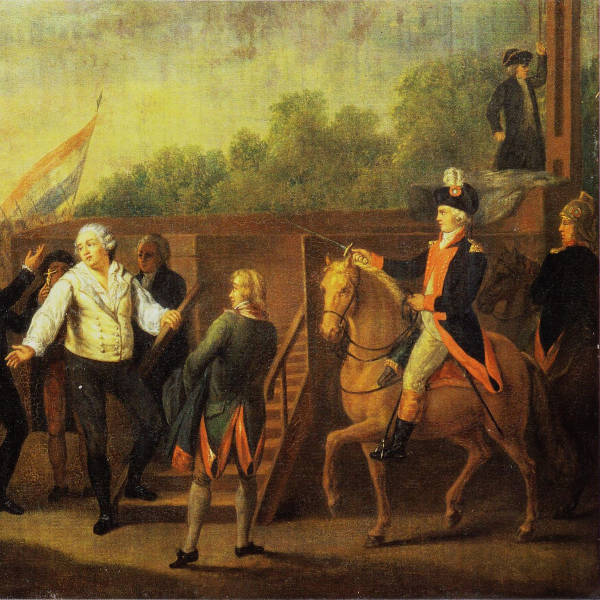Compare your DNA to 168 Ancient Civilizations
FIND THE HISTORY OF YOU
So, you've got your DNA results? To discover who you really are, you need to know where you come from. We can take your DNA results one step further through the use of advanced archaeogenetics
How It Works
Uncovering your ancient ancestry is simple with our three-step process.

Take a DNA Test
Get tested with one of the major DNA testing companies (e.g. AncestryDNA, MyHeritage, FamilyTreeDNA, DanteLabs etc.).

Download Your Raw Data
Download your raw DNA data file from your testing provider's website. We support all major formats.

Upload & Explore
Upload your DNA file to our secure platform and receive your detailed ancestry analysis within minutes.
DIG DEEP
Into Your Ancient History
Your DNA, fully visualized
Explore your roots with exclusive dynamic graphs, interactive maps, and ancestral timelines designed to bring your ancient past to life.

Why Choose MyTrueAncestry
Discover what sets our ancient DNA analysis apart from traditional ancestry services.

100% Anonymous Insights
All retained data is fully anonymized, ensuring your privacy is completely protected.

Powered by Real Ancient DNA
The only service powered by real ancient DNA samples from all over the world and advanced archaeogenetics technologies.

Try For Free
Our basic analysis is 100% free for you to try with no payment method required.
BROWSE OUR DNA SPOTLIGHTS
The 7th Crusade

The Crusader States (also known as Outremer) were created after the First
Crusade (1095-1102) as a way to keep hold of territorial gains by Christian
armies in the Middle East. Crusader castles were built all over Outremer to
serve not only as defensive structures, but also as administrative and economic
centers designed to last for many years to come. The four small Outremer states
were the Kingdom of Jerusalem, the County of Edessa, the Country of Tripoli and
the Principality of Antioch. This analysis focuses on the former Phoenician and
later Roman colony of Sidon / Saida which remained in Arab hands until 1110 when
King Baldwin I of Jerusalem and King Sigured I of Norway captured it. The city
was then re-captured by the masterful Saladin in 1187, only to be re-taken by
German Crusaders in 1197. It remained a key Crusader stronghold until the
Saracen invasion of 1249 when it was destroyed - this series of exchanges
presented the backdrop for the ill-fated 7th Crusade.
The 7th Crusade was led by Louis IX of France from 1248 to 1254. Jerusalem
had recently fallen and there was no popular enthusiasm at the time for a new
crsusade, as Europe was involved in many internal conflicts. Bela IV of Hungary
was rebuilding his kingdom from ashes after the devastating Mongol invasion of
Europe. Henry III of England was struggling at home and Haakon IV of Norway was
in the midst of a civil war. Louis IX was almost alone in declaring a new
crusade to the east and in 1248 sailed from Aigues-Mortes and Marseilles with an
army of 15,000. They sailed for Cyprus but Louis decided to focus first on
attacking Egypt. While marching towards Cairo, Louis' main force was attacked by
Mameluk Baibars and defeated. In 1250 while attempting to return to a safer
location, Louis himself was captured and taken prisoner after his army was
annihilated. He was ransomed for 800,000 bezants after which he fled to Acre,
one of the safest crusader strongholds in Outremer. The French King re-enforced
local defenses and moved north to Sidon.
Read more here
Jean-Paul Marat - Revolutionary France

The future French Revolutionary Jean-Paul Marat left home at the age of 16
to train in medicine and would eventually settle in Newcastle upon Tyne where he
gained a reputation as being a highly efficient doctor who also had an interest
in political writings. He moved back France 6 years later and his medical skills
earned him the patronage of the aristocracy. He used his new found wealth to
found a scientific laboratory where he began studies on fire, heat, light and
electricity - he was even visited by Benjamin Franklin. Despite his new status
and success, he began so spend a lot of time discussing and writing about social
injustice.
As Louis XVI struggled to maintain power in the late 1780s by assembling
the Estates-General for the first time in 175 years, Marat decided to end his
research and medical profession to focus entirely on his passion for politics.
He began writing on the topics of social, economic and religious reforms - this
manifested itself in numerous vicious attacks on those he proclaimed were
enemies of the people. His newspaper called for extreme violence against the
upper class and government provoking statements such as five or six hundred
heads cut off would have assured your repose, freedom and happiness. After
reaching fame, He was elected to the National Convention in 1792 where he
actively supported the death of the deposed King in a trial.
Read more here
French King Louis XVI Mystery

French revolutionists condemned King Louis XVI to death on 21. January 1793
by means of the guillotine at the Place de la Revolution in Paris (roughly where
the Obelisk decorating the Place de la Concorde stands today). After a short but
defiant speech he lost his head as the crowd rushed to the scaffold to dip
hankerchiefs into his blood as momentos. An ornate gourd decorated with French
Revolution themes was recently uncovered which had contained a blood soaked
hankerchief dating to this time. The gourd was allegedly a gift to Napoleon
Bonaparte who became First Consul of France in 1799 and Emperor in 1804. An
anonymous Italian family was in its posession since possibly the late 1800s and
came forward with the relic. It bears an inscription that Maximilien Bourdaloue
on 21. January dipped his hankerchief in the blood of the king. Dried blood was
scraped out and this is the same DNA we present in this DNA spotlight! The
sample contains unsually high and rare markers for the Y-DNA haplogroup G2a.
Louis XVI's direct male line ancestor Henri IV was famous for enacting the
Edict of Nantes which guaranteed religious liberties to Protestants ending 30
years of fighting between French Protestants and Catholics - he was assassinated
in 1610 by a French Catholic zealot. The remains had been presumed lost in the
chaos of the French Revolution after a mob of revolutionaries desecrated the
graves of French kings in the royal chapel of Saint-Denis in Paris in 1793.
However, the head was passed down over the centuries by secretive private
collectors and positively identifed in 2010 with a radiocarbon date between 1450
and 1650. The features were consistent with the king's face including a dark
mushroom-like lesion near the right nostrial, a healed facial stab wound and a
pierced right earlobe. The hair color and moustache and beard on the mummified
head fit the appearance of the king at the time of his death as well as matched
his portraits. Furthermore cutting wounds were visible corresponding to the
separation of the head from the body in 1793 and digital facial reconstruction
of the skull matched the plaster mould of his face made just after his death in
1610. The DNA was then tested and compared to the blood from the gourd.
Read more here

Join Our Community
Our Community blog is your hub for the latest discoveries in ancient DNA, archaeology, and lost civilizations.
Stay curious, stay connected.
Stay curious, stay connected.

Contact Us:
EMAIL
INFO@MYTRUEANCESTRY.COM
MAILING ADDRESS
MyTrueAncestry AG
Seestrasse 112
8806 Bäch
Switzerland



